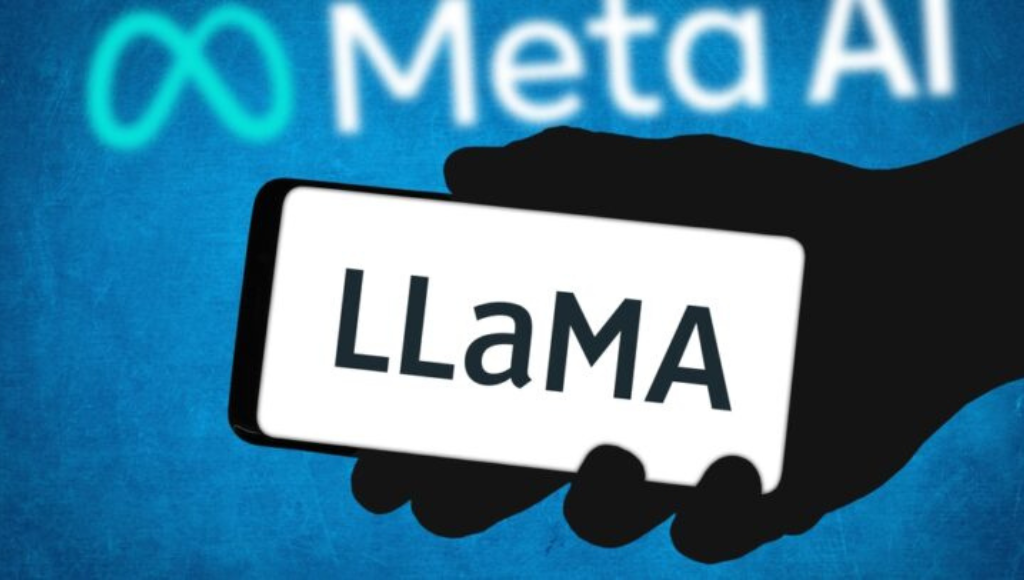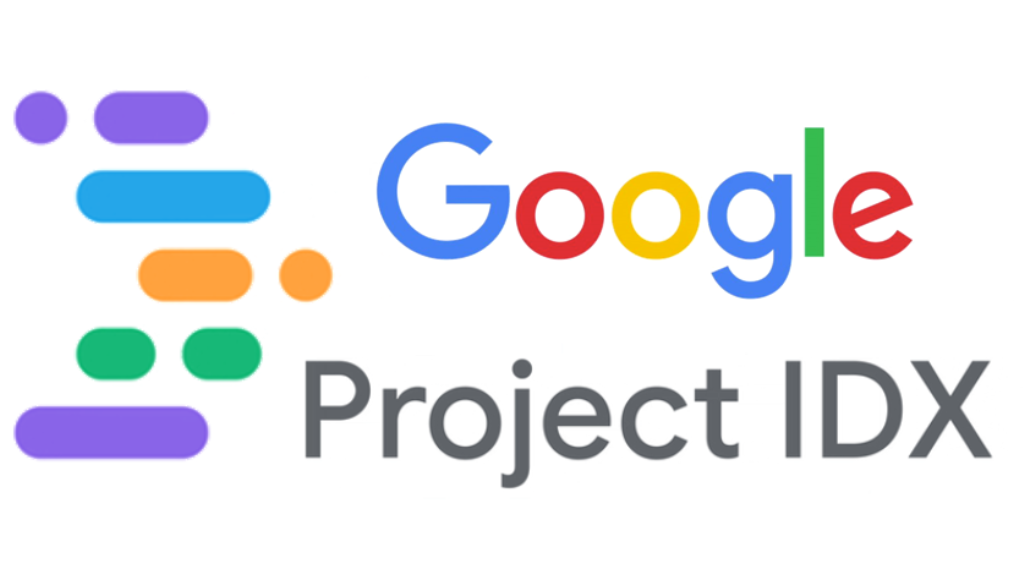Meta Platforms has unveiled a groundbreaking AI model that may have slipped under the radar during its annual Meta Connect event in California. While the tech giant showcased numerous AI-powered features for its popular apps like Facebook, Instagram, and WhatsApp, the real standout innovation is Llama 2 Long, an extraordinary AI model designed to provide coherent and relevant responses to extensive user queries, surpassing some of the leading competitors in the field.
Llama 2 Long is an extension of the previously introduced Llama 2, an open-source AI model from Meta known for its versatility in tasks ranging from coding and mathematics to language comprehension, common-sense reasoning, and conversational abilities. What sets Llama 2 Long apart is its capacity to handle more substantial and complex inputs, making it a formidable rival to models like OpenAI’s GPT-3.5 Turbo and Claude 2, which struggle with extended contextual information.
The inner workings of Llama 2 Long are a testament to Meta’s dedication to pushing the boundaries of AI technology. Meta’s research team used varying versions of Llama 2, spanning from 7 billion to 70 billion parameters, which are the adjustable values that govern how the AI model learns from data. They augmented the model with an additional 400 billion tokens of data containing longer texts compared to the original Llama 2 dataset.
Furthermore, the architecture of Llama 2 underwent subtle alterations, primarily in how it encodes the position of each token within a sequence. The introduction of Rotary Positional Embedding (RoPE) proved pivotal, as it allowed each token to be mapped onto a 3D graph that reflects its relationship with other tokens, even when rotated. This innovation enhances the model’s accuracy and efficiency, reducing its reliance on extensive information and memory, which sets it apart from other techniques.
The researchers took the innovative step of reducing the rotation angle of the RoPE encoding from Llama 2 to Llama 2 Long, enabling the model to accommodate more distant or less frequent tokens in its knowledge base. Additionally, they employed reinforcement learning from human feedback (RLHF) and synthetic data generated by Llama 2 itself to fine-tune the model’s performance across various tasks.
The paper detailing Llama 2 Long’s capabilities asserts that the model can generate high-quality responses to user queries containing up to 200,000 characters, equivalent to approximately 40 pages of text. The paper provides illustrative examples of Llama 2 Long’s responses across a range of subjects, including history, science, literature, and sports.
Meta’s researchers regard Llama 2 Long as a significant stride towards the development of more versatile and general AI models capable of addressing diverse and intricate user needs. They also acknowledge the ethical and societal implications of such models, emphasizing the need for further research and dialogue to ensure their responsible and beneficial utilization.
In conclusion, Meta’s introduction of Llama 2 Long represents a remarkable advancement in the realm of AI, with the potential to revolutionize how AI models handle complex and extensive user queries while also underlining the importance of ethical considerations in their deployment.






